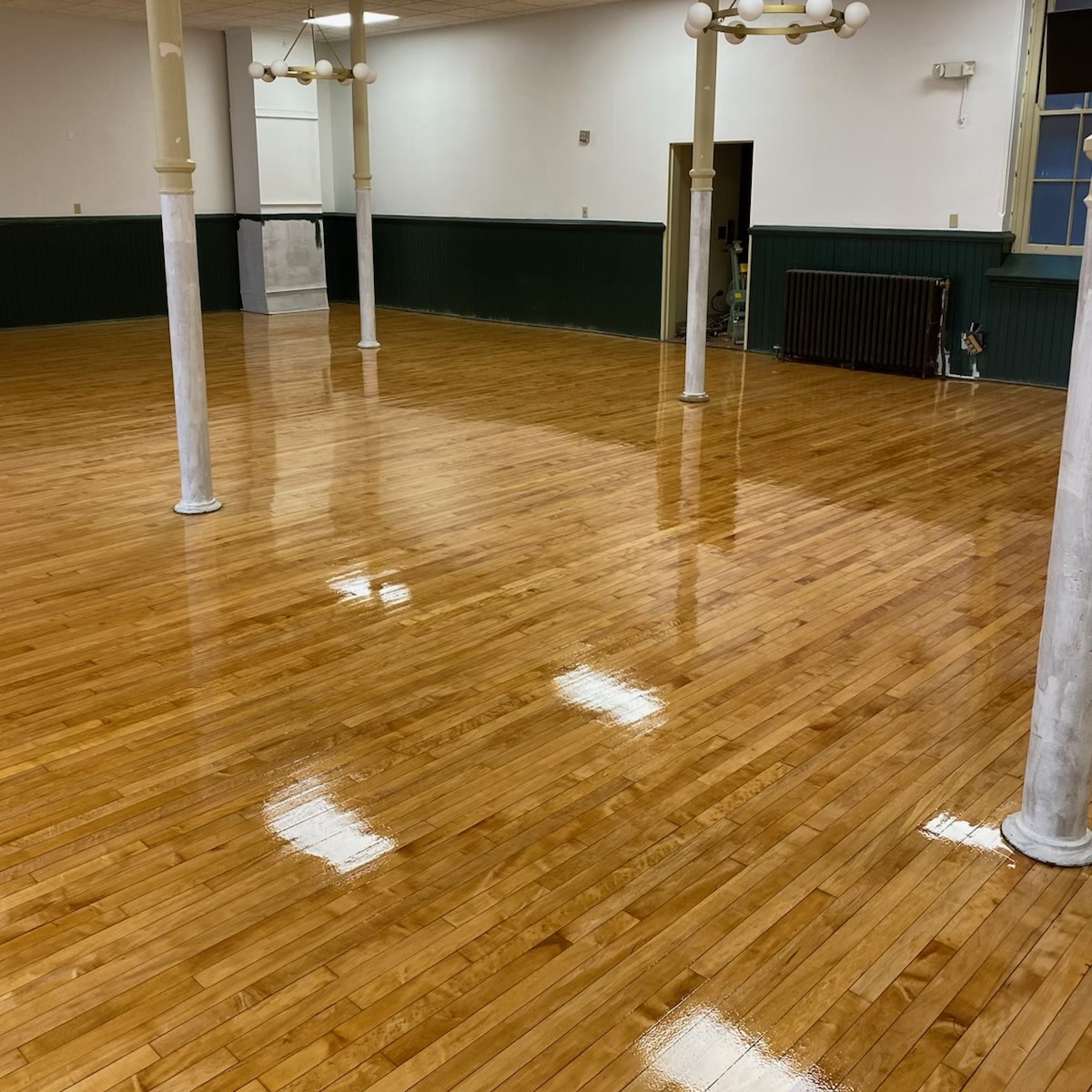Before the first plank of hardwood ever hits the floor, pros know that a successful installation starts below the surface. That’s right—your subfloor is the unsung hero in the longevity, look, and feel of your hardwood flooring.
If your subfloor isn’t properly prepped, even the most beautiful hardwood will squeak, warp, or gap over time. That’s why flooring experts like those at Gramer Flooring take subfloor preparation seriously—especially in homes throughout Cincinnati, where humidity and seasonal shifts are common.
So, how exactly do professionals prepare subfloors before installing hardwood? Let’s break it down.
1. What Is a Subfloor and Why Does It Matter?
A subfloor is the structural layer that lies beneath your visible flooring. It’s usually made of:
-
Plywood
-
OSB (Oriented Strand Board)
-
Concrete (especially in basements or over slab foundations)
Why it matters:
-
It provides stability for your hardwood
-
It absorbs movement and weight
-
It affects the sound and feel of walking across the floor
Hardwood needs a flat, clean, and dry foundation. Without it? Expect squeaks, buckling, and uneven boards down the line.
2. Step-by-Step: How the Pros Prep a Subfloor
Here’s how experienced hardwood flooring installers, like our team at Gramer Flooring, get it done:
-
Remove Old Flooring
-
Tear out carpet, tile, vinyl, or existing wood
-
Check for hidden staples, nails, or adhesives
-
-
Inspect the Subfloor
-
Look for signs of rot, mold, or water damage
-
Identify high and low spots using laser levels or straight edges
-
-
Test for Moisture
-
Use moisture meters for both the subfloor and hardwood materials
-
Moisture content should be within 2-4% of each other to prevent cupping
-
-
Secure and Repair
-
Re-nail or screw down any squeaky boards
-
Replace any damaged or loose panels
-
-
Flatten and Smooth
-
Sand down high spots
-
Use leveling compound to fill in dips or cracks
-
-
Install Moisture Barrier (if needed)
-
On concrete or in high-humidity areas, a vapor barrier or underlayment is essential
-
3. Concrete vs. Wood Subfloors: What’s the Difference?
For Wood Subfloors:
-
Must be structurally sound
-
Require thorough moisture testing
-
May need plywood underlayment added for leveling
For Concrete Subfloors:
-
Must be completely dry (especially in basements)
-
Require sealing or a vapor barrier
-
Floating or engineered wood is often recommended
Can hardwood floors be installed over concrete?
Yes, but it requires special moisture mitigation and possibly a floating installation method.
4. What Happens If Subfloors Aren’t Prepped Correctly?
It might not show right away, but skipping proper prep can lead to:
-
Buckled boards
-
Gaps between planks
-
Popping or creaking sounds
-
Premature wear or water damage
Correct prep ensures your investment in hardwood flooring lasts for decades, not just years.
5. Why Hire a Pro for Subfloor Prep and Hardwood Installation?
DIY videos make it look easy, but subfloor prep requires:
-
Specialized tools (moisture meters, leveling kits)
-
Structural knowledge of your home
-
Understanding of wood movement and environmental impact
The professionals at Gramer Flooring bring decades of experience in hardwood installation—and they don’t cut corners when it comes to prep.
Ready to Install Hardwood the Right Way?
If you’re dreaming of beautiful hardwood floors, make sure the foundation is just as solid. Let the experienced team at Gramer Flooring handle your subfloor preparation and hardwood installation with precision and care.
Call now at 859-663-7678,
Visit our website,
Check us out on Google Maps and schedule your free consultation.
Let’s build your dream floor—from the ground up!
